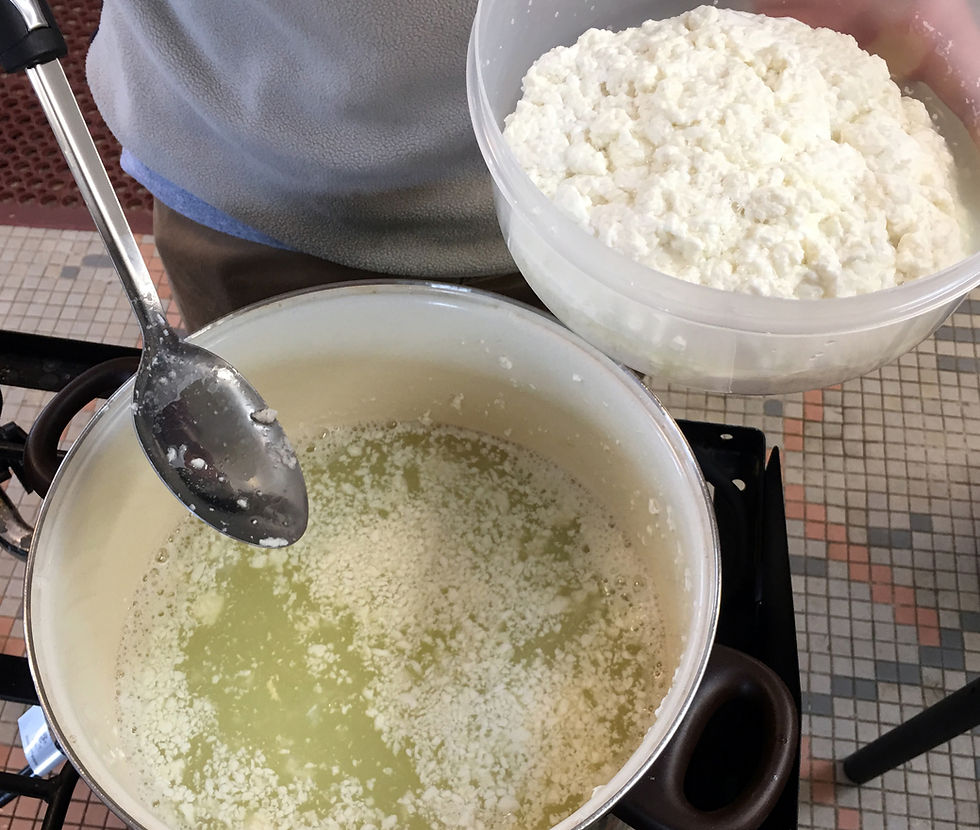Getting Started with Preparedness
- FamilyDisasterPrep

- Mar 14, 2018
- 4 min read
There's no harm in hoping for the best as long as you're prepared for the worst. Stephen King, Different Seasons

How do you get started in disaster preparedness? There are any number of logical ways to begin and below is one excellent approach. Realize, there are two foundational dimensions to disaster preparedness supplies and skills.

Supplies: First, obtain an expert’s suggested list. Examples can be found in this website’s blog posts on each of the listed Twelve Essentials, the LDS Preparedness Manual, and at the website, Prepared LDS Family. Review these lists and mark or write down what you think you may need. Then inventory what you have already have on hand along with potential substitutes. For example, a sleeping bag is required, but if you don’t have one but you have an ample supply of blankets and/or quilts, you can probably mark the sleeping bag off your list. You also may already have a few first aid supplies, packaged food, warm clothing, a few gallon bottles of water, etc. If you have hobbies in hiking/camping, outdoor sports, hunting, fishing, cooking, gardening and homesteading, you will find you probably have many additional preparedness items. Make note of which items you are missing and prioritize them to develop a timeline for procuring them. Organize everything to quickly retrieve the things you will require in an emergency.
Here are the items I think the typical person and family might need to obtain as a starter preparedness kit:

A water filter. A Sawyer water filter from Walmart or Amazon will cost about $30.
Water containers. You can use empty two liter soda bottles or obtain commercial containers. Four Aqua-Tainers, for example, will cost about $15 a unit. Fill up the sanitized water container with clean water for storage.
Food for a minimum of three months. If you use commodity foods such as beans, pasta, white rice, oatmeal, wheat, sugar, honey, corn, salt, and cooking oil, you already have food that is both nutritional and economical. Even if you had to buy the entire three months of food it likely can be obtained for around $250.
A headlamp. A Petzl headlamp would cost approximately $20 from Amazon.
A means to stay warm. This could be as simply as putting additional clothes on. In cold areas such as the Northern United States and Canada it would involve having an external source of heat such as a wood stove or working fireplace with fuel. You also could get a Mr. Heater with propane fuel for about $100.
An AM/FM Shortwave Radio. The Kaito KA500GRN five-way powered emergency AM/FM, for example, is useful for obtaining weather and other information. /SW weather alert radio would cost $50 at Amazon.
Get from Walmart or a drug store a first aid kit costing about $30. I would want additional first aid items but this will get you started.
Cooking capability. If you don’t have an outdoor fire pit or indoor fire place, buy a Coleman classic propane stove $43 at Amazon. Cost of six bottle of fuel at Sam’s Club is $25. Total for stove and fuel $68.
Tarp: On Amazon you can get a 14 ft by 16 ft tarp for $15.
Understand the above list of typical items that the average family or person is what they might not have. One might argue that you don’t list a survival knife but most families have some sort of knife, even if it is only a steak knife. Not a prefect survival knife, but it will do the job in a pinch.

Now, lets add it up the cost for a beginner kit when you have none of the usual essential items (costs are approximate):
Water filter $30, free appropriate food-safe water containers filled with water, headlamp $20, food for about $250, bundle up with already owned layered clothing for no additional cost or get a Mr. Buddy Heater with fuel for $100, radio $50, first aid kit $30, cooking stove $68, and tarp $15. Total approximately $563.
Keep in mind that most people will have some if not all of these items. Plus you should use and consistently rotate the $250 of food even if you don’t have an emergency. Just be sure to keep the same amount of food stored in the event that conditions change.
Skills: There are four essential survival skills that require dedicated time reading, watching videos, attending class, and practicing that may be essential to survival.
First Aid for medical care
Ham radio for communications
Gardening for food production
Cooking food





Comments